Pipedrive vs. Trello: Which CRM Tool Should You Choose in 2025
Advertisement
Selecting the correct CRM (customer relationship management) platform will be crucial for companies by 2025. Two well-known systems, Pipedrive and Trello, include special tools to handle projects, client relations, and tasks. Pipedrive especially targets sales teams. It presents strong capabilities for sales funnel management. Conversely, Trello is a visual project management solution mostly used for task management and team cooperation.
Though they have different uses, both instruments will keep you orderly. Your particular company's needs will determine which of them best fits you. Pipedrive could be the best option if your main concentration is sales pipeline management. Trello can be better if you require a more adaptable project management tool. Let's explore the features of every tool further and assist you in choosing which one best fits your 2025 demands.

What is Pipedrive?
Pipedrive is a CRM (customer relationship management) tool for sales teams. With an eye on deal tracking and pipeline management, it helps companies control and simplify their sales systems. Pipedrive's visual sales pipeline—which lets teams quickly monitor the state of every offer from first contact to closing—is its main selling tool. This function gives salespeople a clear picture of their actions and development, enabling them to remain orderly and prioritize their jobs.
Pipedrive provides bespoke pipeline stages so companies may match the system to their particular sales processes. The site also connects with several programs, including Gmail and Google Calendar, to simplify correspondence and follow-up. Pipedrive is also a great solution for sales teams trying to boost efficiency and convert more since it offers task reminders, email integration, and reporting tools. Its simple design guarantees teams pick up the platform fast and start utilizing it efficiently.
What is Trello?
Using boards, lists, and cards, Trello—a commonly used project management tool—helps teams arrange chores and initiatives. Its graphic design facilitates tracking of development and teamwork on several projects. Trello assigns tasks, sets deadlines, lets teams divide projects into doable chunks, and adds comments or attachments. While not a CRM platform, many companies utilize Trello to handle project schedules, team interactions, and client-related tasks.
It is very helpful for teams who want a versatile, simple-to-use platform to keep organized and guarantee the timely completion of assignments. Trello also connects with well-known apps such as Google Drive, Slack, and Dropbox to improve its collaboration capabilities further. Trello is a flexible tool for handling a broad spectrum of projects and chores since free and paid versions let teams of many kinds access it.
Comparing Pipedrive and Trello
Below are the key differences between Pipedrive and Trello across various features and functionalities:
Sales Management
Pipedrive's strong pipeline tracking system helps it excel in sales management. It helps sales teams keep track of every deal's development so that no potential opportunity is lost. The platform gives teams comprehensive reporting capabilities with insights into sales success, enabling data-driven decisions. This specialist CRM application is meant to increase sales process efficiency. Conversely, Trello is not designed for sales management, even if it helps organize activities. It is less suited for managing client connections and tracking deals since it lacks tools, including pipeline tracking.
Task and Project Management
Task and project management can benefit significantly from Trello. Teams will find it straightforward to monitor chores, create deadlines, and coordinate effectively using its visual boards and basic drag-and-drop capability. Trello's adaptable system handles internal tasks, client deliverables, and product development, among other project kinds. Pipedrive concentrates primarily on sales-related operations, even if it provides task management capabilities. Trello is the better choice for teams working on several projects or those wanting a more cooperative environment since it offers less flexibility than other tools for general project management.
Integrations and Customization
Pipedrive and Trello improve their usefulness by including different integrations with outside apps. Pipedrive streamlines sales by easily interacting with CRM-related systems such as Mailchimp, Gmail, and Google Drive. It is also perfect for companies with particular requirements since it provides sophisticated customizing choices that fit sales processes. Though quite customizable, Trello connects with tools like Dropbox, Google Calendar, and Slack. Although it offers project management workflow customizing, it lacks the degree of customizing required for sales procedures. Pipedrive is thus the best choice for companies seeking CRM-oriented solutions.
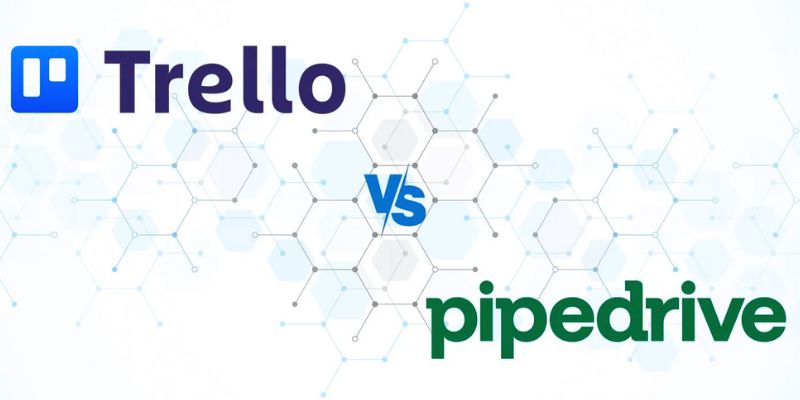
Ease of Use
Though they serve different purposes, Pipedrive and Trello are easy to use. Pipedrive is a user interface meant especially for sales teams. Its simple architecture lets customers easily set up and control their sales pipelines. Salespeople will find it simple to remain orderly since tracking deals and handling client contacts simplify both processes. Conversely, Trello is a visually designed, easily used project management solution. It is perfect for teams but less focused on sales management since its board and card structure makes it easy for them to arrange and monitor tasks.
Pricing
Small organizations or startups would find Trello an easily available option since it provides a free edition with limited tools. The commercial editions offer more sophisticated technologies, including automation, integrations, and improved cooperation tools. Particularly for companies searching for a reasonably priced solution for project management, Trello's pricing approach is more within budget. Though it offers a free trial, Pipedrive does not offer a free edition. Although its price is higher than Trello, the platform provides a specialist CRM tool with capabilities meant especially to maximize the sales process. Pipedrive's increased cost might be justified for those mostly focused on sales.
Conclusion:
In conclusion, Pipedrive and Trello are great tools; their fit for your company depends on their purposes. Pipedrive provides specific tools for deal tracking and sales optimization, perfect for sales teams concentrated on pipeline management. Conversely, Trello shines in task and project management, offering a flexible and graphic forum for teamwork. Pipedrive is more suited for companies seeking CRM-oriented solutions; Trello is the preferred tool for handling several initiatives. Choosing one of them ultimately boils down to whether you need a project management tool for more general work or a CRM for sales.
Advertisement
Related Articles

Understanding the Differences Between Claude and ChatGPT in 2025
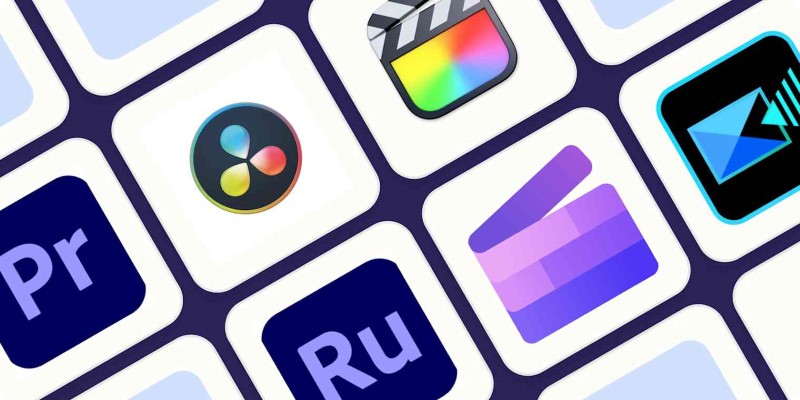
Edit and Join Videos: 10 Apps That Make It Simple Everywhere
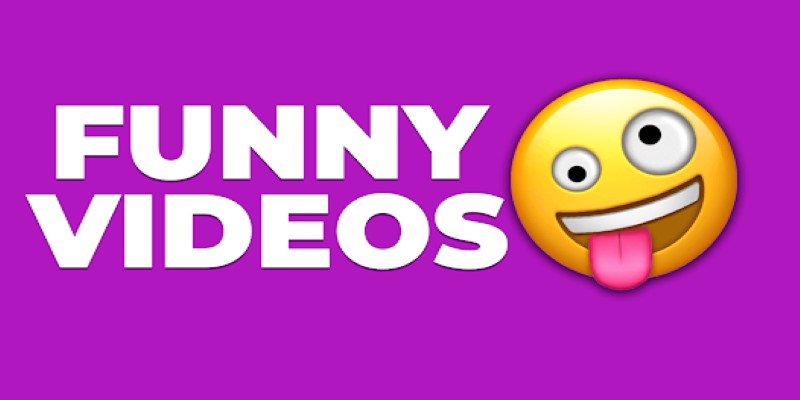
How to Make a Funny Video: 6 Steps That Actually Work
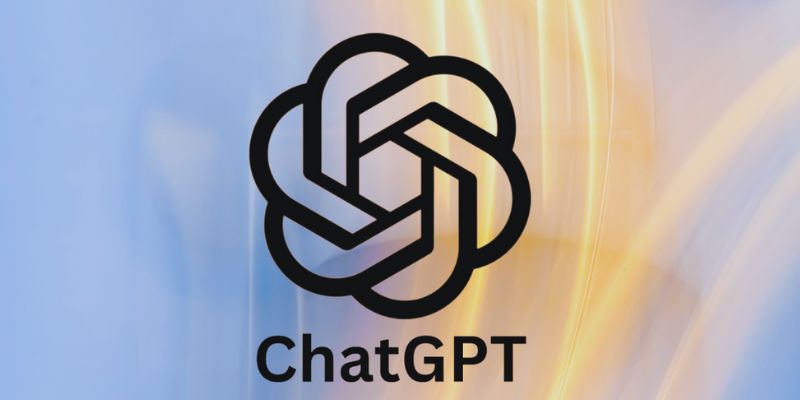
How to Automatically Answer Form Responses with ChatGPT: A Step-by-Step Guide

How Pretto Uses Automation to Foster a Happier Company Culture: An Overview
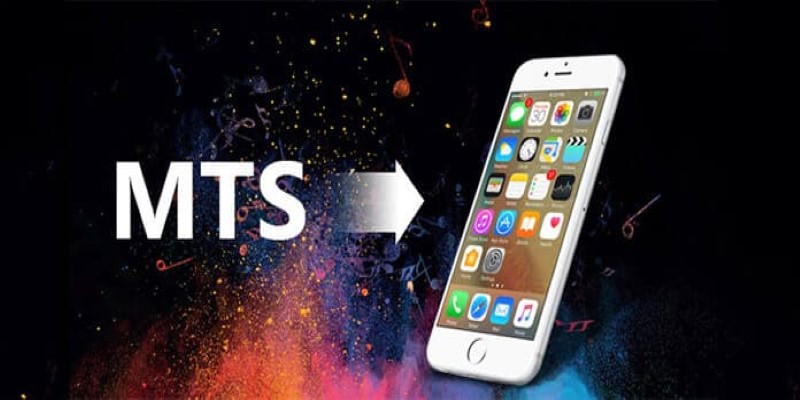
7 Simple Ways to Make MTS Files Work on Your iPhone

How to Make a Timeline in Google Docs for Your Next Project: A Guide

Which Calendar App Reigns Supreme in 2025: Google Calendar vs. Apple Calendar
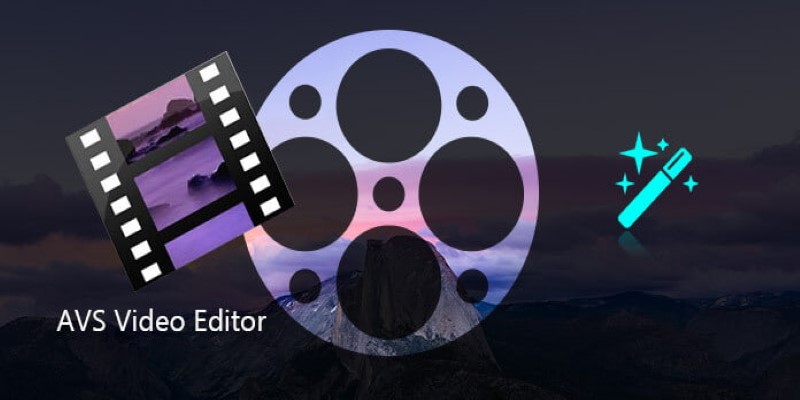
AVS Video Editor: What It Does Well and What Others Do Better

Best Business Banking Tools to Simplify Finance in 2025
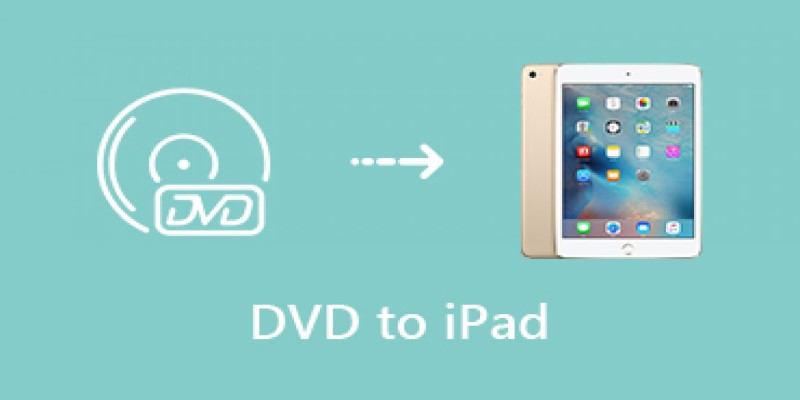
Transfer Your Homemade DVDs to Apple Devices

 novityinfo
novityinfo